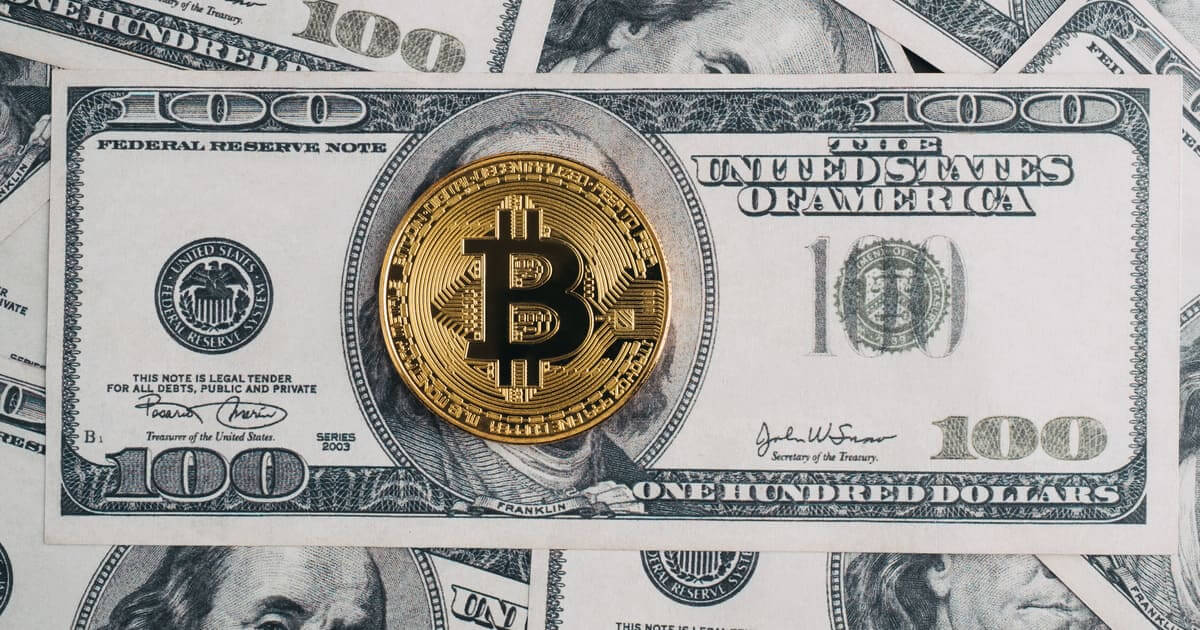Blockchain: The Trust Alternative to the History of US National Credit?

A conscientious look over the last few centuries would reveal that the brief history of the United States is riddled with national credit defaults. From the Funding Act of 1790 to the collapse of the Bretton Woods system in the 1970s - in all these instances, the people, businesses and Allied nations that relied on the fiscal value agreements they had made with the centralized monetary power of the United States, found their trust hopelessly misplaced.
How can blockchain be leveraged to break the cycle of U.S. National Credit Default and free us from central credit agencies?
Centralized Credit Controls
While the some of the drastic actions that were taken by the US. Federal Government throughout its troubled financial history can be justified by some analysts as being a way for the U.S. to avoid defaulting on debt, the thing to consider is: what voice did the other parties have?
Ultimately, in every instance of default, the citizens found the trust that they had put in the powerful central control, to honour its agreements on currency and values, was misplaced and when the time came, the central mediator changed the rules for its own survival.
To be more effective in our modern lives, we delegate many roles to credit agencies. Governments and banks are indeed the most typical credit agencies in existence. It may not be that obvious, but credit agencies are actually everywhere and act as intermediaries for most basic transactions in human life. There are a few deals that people can make without a third party involved.
Gradually we have progressed to a stage where we rely on credit agencies so heavily that we have lost our power to bargain or influence them, even if you have law and regulations. If you are dependent on something, you are at risk of being compromised and enslaved. We trust the value of our money blindly, as we trust national credit. But national credit issuance was not meant to be within the power of government in history. It began as the power of supervision and evolved into the power of money issuance control.
Blockchain To Bring Trust to a Trustless System
Blockchains incorporate several important features such as immutability, encryption and distributed storage, which combined makes secure peer-to-peer transactions possible and in turn has created the means to end human dependence on credit and thus credit intermediaries. Due to these features, blockchain has been referred to as ‘the Trust Machine’ and is forecasted to transfer the trust from agencies and institutions which are enforced by law to machine-based networks guaranteed by technology and mathematics.
We previously introduced three key aspects of money: money forms, money issuance standards, and the flow of money. With blockchain, we are leveraging a brand-new system of architecture for the flow of money. In addition, blockchain makes new forms of money available that could bring us to realize the notion of “absolutely private property” for the first time in human history—where ownership of an asset on a blockchain is guaranteed by technology and mathematics. Bitcoin, for example, the original cryptocurrency, of which the ownership depends on a private encrypted key. Without the correct private key, there is no way to move bitcoins around, even if it is ordered by law on pain of enforcement. As for the money issuance standard, blockchain has even more to offer.
The root problem of the current monetary and financial system stems from 1971&1973 US national default. The US has defaulted national credit for a few times in history. And you may be feeling ridiculous that in modern society, US national credit is the highest level. With blockchain, we gradually turn trust in credit agencies into math and tech. The future will be quite different. Blockchain is not perfect but it will provide a much better social structure than the current one.
Image via Shutterstock

